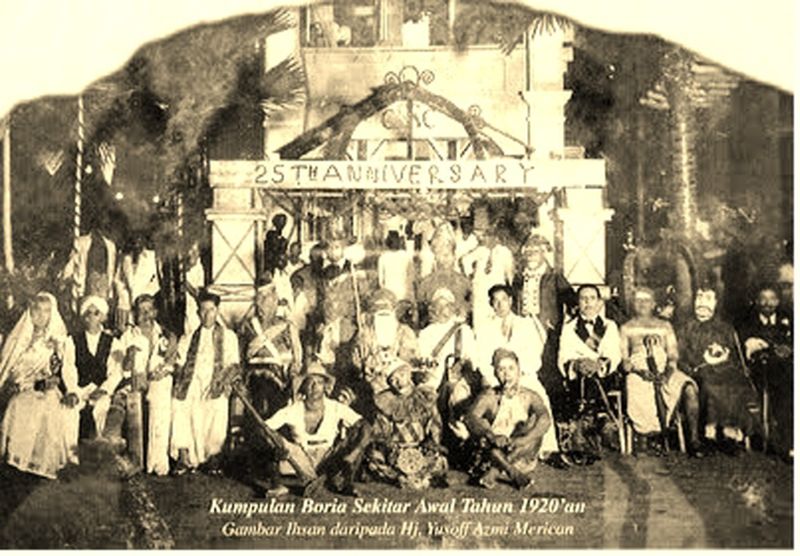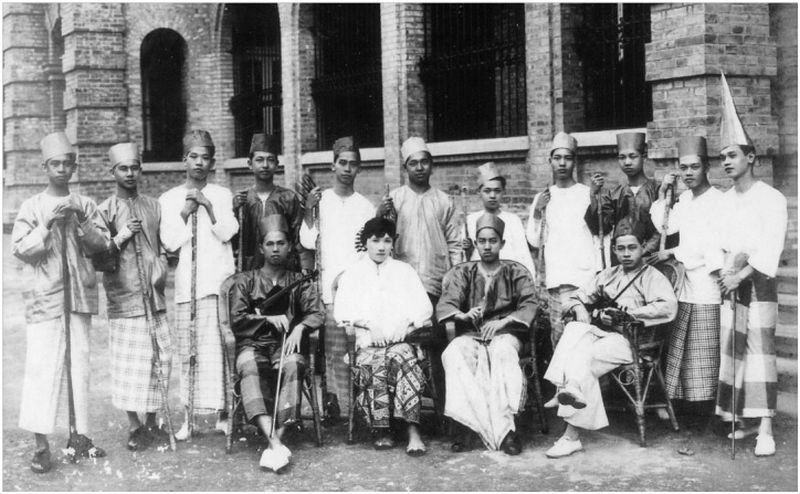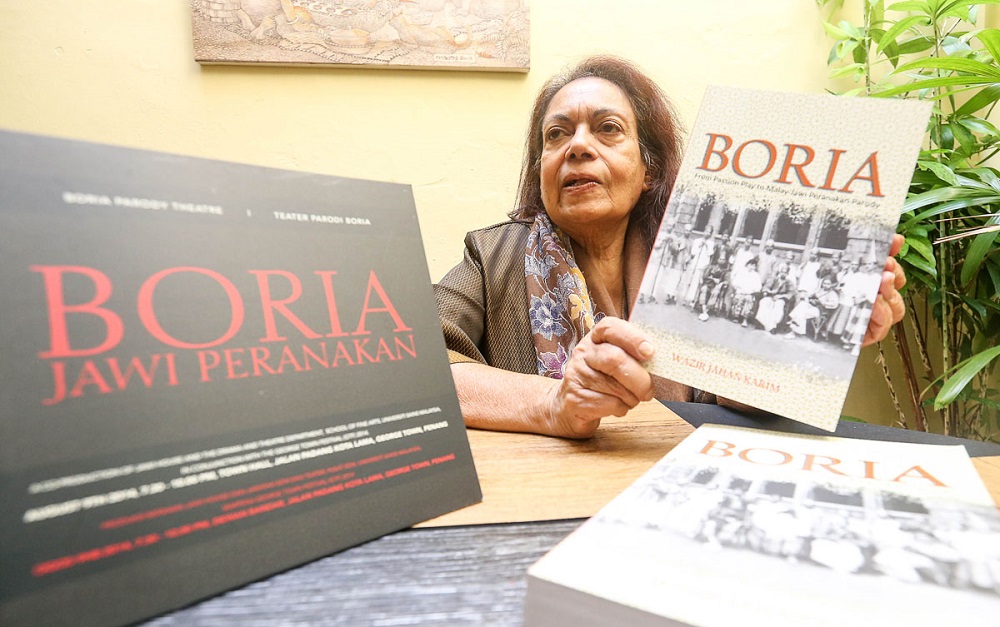GEORGE TOWN, Jan 30 — It started out as a passion play depicting the tragedy of the Karbala but today, the boria is a fun performance that is a unique part of Penang’s cultural history.
In an effort to capture the historical beginnings of boria and how it evolved over the years from the ancient Persian ta’ziyeh to the fun upbeat version of today, Datuk Wazir Jahan Karim spent two years researching and writing a book titled Boria: From Passion Play to Malay-Jawi Peranakan Parody.
The anthropologist’s interest began at a boria performance produced in 2014 for the George Town Festival. From there, she went on to find out more about the evolution of the parody theatre.

“It started out as a lament, a Shiah musical passion play depicting the tragedy of the Karbala and the assassination of Imam Hussayn. It was then transformed into a kind of respect for the month of Muharram and then to repentance that was expressed through good and evil,” she said.
Wazir wrote that even as boria ceased to convey the message of the Karbala, it became a drama of reversals, parody instead of tragedy, humour instead of sadness and optimism instead of regrets.
She noted that the increasing secularisation and popularity of musical pancaragam stage performances were among the influences that boria adopted in order to appeal to a wider audience of urban migrant Muslims, local Malays, the Jawi Peranakan and Jawi Pekan.

Over the years, the art form evolved, absorbing local and external influences of Latin, Calypso and even Penang’s own P. Ramlee, she said.
“It changed to become fun and loving, it became a street procession and it lost its lustre of repentance for the tragedy of the Karbala,” she said.
Wazir said boria was used as a source of rebuttal and a source of challenge during the colonial era.
In the 1930s, the British wanted to ban boria especially when it was used to challenge the colonial powers.
In fact, the art form was banned in the whole Straits Settlements including in Melaka, Kedah and Singapore but Penang managed to prevent the ban.
Wazir said the British roped in Malay intellectuals to oppose boria and one of them was Yusoff Sultan Mydin.
Yusoff campaigned for a ban on boria by stating that it had no religious or spiritual association with Islam.

However, he was unsuccessful as Malay politicians found it a good way to spread ideas of Malay nationalism while at the same time, it was used to deride British political adversaries.
“Boria was kept alive in Penang because of the dancers, the singers and the merchants,” she said.
In her book, she stated that Indian Muslim merchants realised boria’s potential as a platform to stimulate their businesses through sponsorships of feasts.
Even wealthy Jawi Peranakan traders wanted their names mentioned and sung in boria performances to get recognition from audiences.
By the late 1960s, nationalistic and political issues took over the earlier sindiran theme against modernity and Westernisation.
The boria also became part of Jawi Peranakan village folk theatre where the local elites and their obsession with British culture were laughed at.
The secular boria theatre became a part of the national festival of theatre under the patronage of the Ministry of Tourism in the 1970s and 1980s and since then has remained as secular comic theatre.

The 300-page book, supported by the Academy of Socio-economic Research and Analysis (Asera), the Penang Jawi Peranakan Heritage Society (Jawi) and Yayasan Hasanah, details the historical and cultural context of the boria as a disappearing heritage.
Wazir, who is also Jawi president, is also compiling a dossier to be submitted to the National Heritage Department for boria to be inscribed as a Unesco intangible cultural heritage unique to Penang and Malaysia.
The book was recently launched and is available at major bookstores. For inquiries, the author can be contacted at [email protected].






















